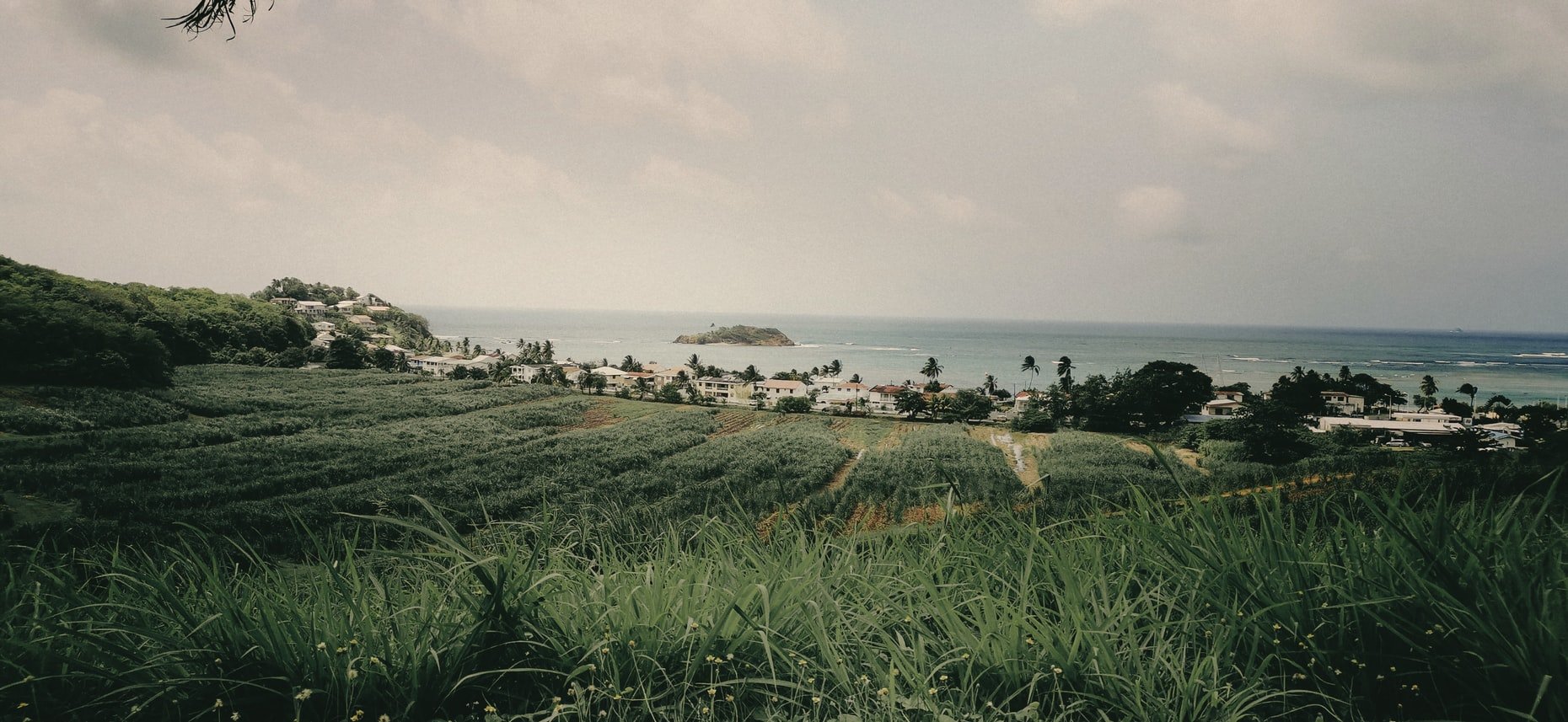
Ecological Scars of Plantation Slavery Initiative

Understanding why and how human beliefs shape the environment in the past is a key to understanding how ecosystems work today— and how society can be in right relationship in the future. What unique impacts did the Trans Atlantic Slave Trade have on Caribbean island soil and plant communities? Did plantation agriculture and the logic and system of slavery on the Danish-colonized island of St. Croix, US Virgin Islands, leave an ecological signature that can be detected in the present?
CEL Team
Dr. Suzanne Pierre; Dr. Em Whalen
External Collaborators
Dr. Olasee Davis, University of the Virgin Islands
Nautica Jones, UC Santa Cruz
Community collaborators and property owners
Funding Sources
National Geographic Society; National Science Foundation; Walking Softer Foundation; Donations
-
Colonial plantations growing cash crops like sugarcane covered the majority of the Caribbean from the 16th century until as recently the early 20th century. For hundreds of years, the labor that transformed the land came from enslaved Black Africans. This massive land use replaced forested ecosystems with monocultures, and its intensity was dependent on racial violence.
Plant and microbial function are the at the foundation of forest ecosystems. In order to study how nutrient and water cycling respond to past human activity and the present impacts of climate change, we must name the specific activity and its reasoning: slave plantation agriculture extracted groundwater water and soil nutrients for export crops using Black people as tools. The racial logic of white European supremacy was created to justify three things in tandem: murdering most of the people indigenous to the island, systematically terrorizing and working Africans to death, and rendering tropical dry and wet forests unrecognizable.
Critical Ecology Lab aims to understand how the logic of slavery and colonization across the Caribbean shaped the land use and succession of plant and microbial communities during and following the era of colonial rule on St. Croix, US Virgin Islands. We want to help current day descendents of enslaved people on St. Croix better describe the ways that colonization created their current ecological conditions as they grapple with climate change and biodiversity loss. Seeing the landscape as a mosaic of responses to plantation logic is both a chance to understand a pariticular ecological syndrome and an opportunity to develop the ecological heritage narrative for Crucian people.
-
A few of our goals include:
Use archival records and oral histories of Crucian community to map forested sites of former sugarcane plantations
Derive populations of slaves working throughout the duration of plantation operation where possible
Compare physical and chemical soil characteristics across a network secondary forests on former sugarcane plantations in the US Virgin Islands
Determine whether soil carbon derived from sugarcane remains in soils
Compare fungal and bacterial/archaeal community characteristics between former cane fields and unplanted soils
Compare plant species diversity and functional diversity across former plantation forests of different ages
Investigate the spatial and temporal relationships between landscape elevation, past establishment of plantations, past forest refuges for escaped maroons (escaped slave communities), and present-day soil ecology and biodiversity
-
Spring/Summer 2022
Established and characterized forest research plots at Estate Little Princess , conducted soil sampling
Fall/Winter 2022
Preparing soils for analysis chemical and stable isotope analysis
Summer 2023
Expanded research plots at Estate Little Princess and across former plantations across island of St. Croix, conducted soil sampling
Spring/Summer 2024
National Science Foundation Grant Awarded (EAGER: Analyzing the Long-Term Soil Biogeochemistry Impacts of Plantation Agriculture and Implications for the Anthropocene Through Community-Engaged Research and Education)
Conducted soil sampling and vegetation surveys at 7 of 20 anticipated sites, preliminary soils data is being analyzed








